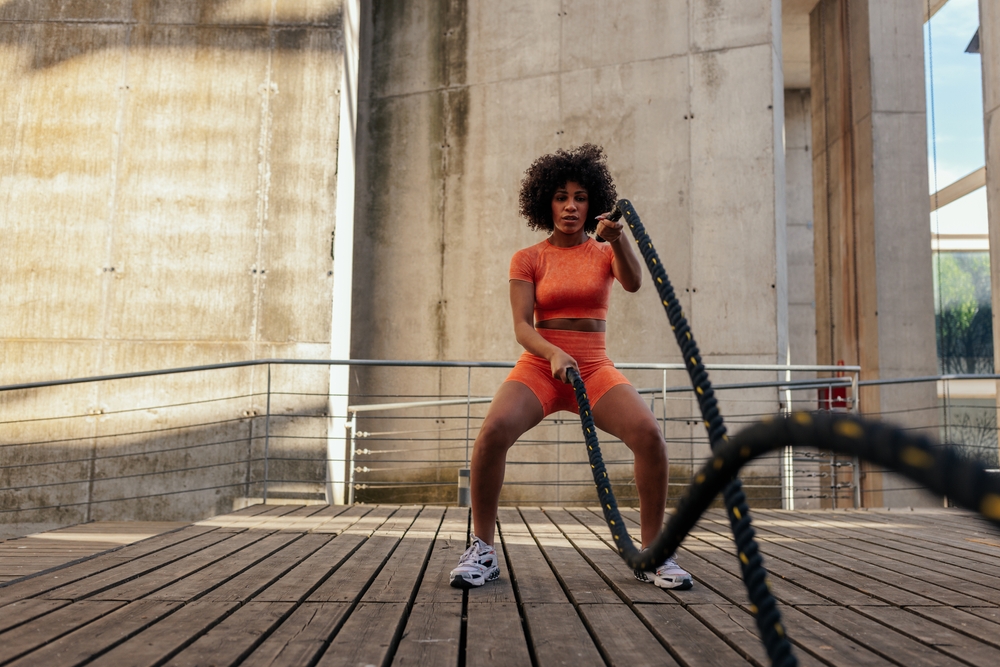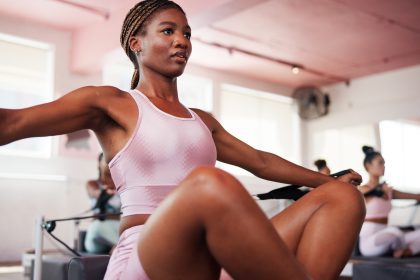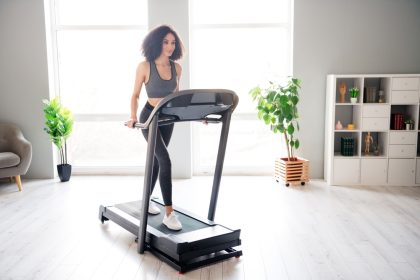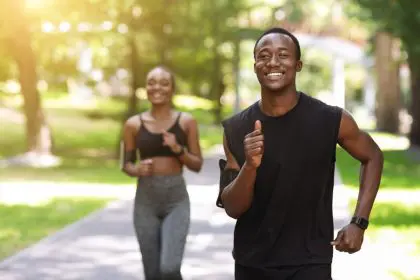Women often get trapped in endless cardio cycles, spending hours on treadmills and ellipticals while their leg muscles gradually weaken with age, setting them up for mobility problems, bone loss, and metabolic decline that could be prevented with smarter training choices. Strong legs provide benefits that extend far beyond aesthetics, serving as the foundation for independence, confidence, and quality of life as women age.
Lower body strength training isn’t just about building muscle – it’s about creating a biological insurance policy against physical decline. The muscle mass in legs accounts for nearly 50% of total body muscle, making lower body training one of the most efficient ways to boost metabolism, improve bone density, and maintain functional strength that supports every aspect of daily life.
The muscle loss crisis that starts earlier than expected
Women begin losing muscle mass in their 30s at a rate of 3-8% per decade, with the decline accelerating significantly after menopause due to hormonal changes that affect protein synthesis and bone density. This age-related muscle loss primarily affects the large muscle groups in the legs, leading to weakness that can dramatically impact quality of life.
Poor lower body strength contributes to balance problems, increased fall risk, reduced mobility, and the kind of physical frailty that forces many women to give up activities they love as they age. Strength training can not only stop this muscle loss but actually reverse it, allowing women to build muscle and strength well into their 60s, 70s, and beyond.
The metabolism boost that beats hours of cardio
Building and maintaining muscle mass in the legs provides a metabolic advantage that persists 24/7, unlike cardio exercise that only burns calories during the actual workout. Muscle tissue is metabolically active, requiring energy for maintenance even at rest, which means stronger legs contribute to higher daily calorie burn without additional exercise.
The thermic effect of strength training also creates an “afterburn” where the body continues burning additional calories for hours after the workout ends. Women who prioritize lower body strength training often find it easier to maintain healthy body weight and composition compared to those who rely primarily on cardio exercise.
The bone density protection that prevents fractures
Weight-bearing exercises that load the bones through resistance training provide one of the most effective ways to maintain and improve bone density, particularly important for women who face increased osteoporosis risk after menopause. The mechanical stress from strength training stimulates bone formation and helps prevent bone loss that can lead to devastating fractures.
Hip fractures are particularly dangerous for older women, often leading to long-term disability, loss of independence, and increased mortality risk. Strong leg muscles and dense bones work together to provide protection against falls and fractures that can dramatically alter life trajectory.
The functional movement patterns that translate to real life
The best lower body exercises mimic the movement patterns required for daily activities, making them immediately applicable to real-world tasks. Squatting motions are used for getting in and out of chairs, picking up objects from the floor, and countless other daily activities that become challenging when leg strength declines.
Lunging patterns develop the single-leg strength and balance needed for walking, climbing stairs, and recovering from trips or stumbles that could otherwise result in falls. Hip hinge movements like deadlifts train the posterior chain muscles that support proper posture and spine health.
The essential exercises that deliver maximum results
Goblet squats with resistance bands provide a perfect introduction to squatting patterns while engaging the glutes and outer thighs. Reverse deficit lunges offer a knee-friendly variation that emphasizes glute and hamstring development while challenging balance and coordination.
Romanian deadlifts target the posterior chain muscles that are often weak in women, helping to improve posture and reduce back pain. Single-leg Romanian deadlifts add a balance challenge while increasing activation of stabilizing muscles.
Banded hip thrusts specifically target the glute muscles that are crucial for hip stability and power generation. Bulgarian split squats develop single-leg strength and balance while challenging muscles through a large range of motion.
The long-term investment in independence
Lower body strength training represents an investment in future independence and quality of life that pays dividends for decades. Women who maintain strong legs throughout their lives are more likely to remain active, independent, and confident as they age.
Starting lower body training early provides the greatest benefits, but it’s never too late to begin. Women in their 60s, 70s, and even 80s can make significant improvements in strength, balance, and functional capacity through consistent resistance training.















